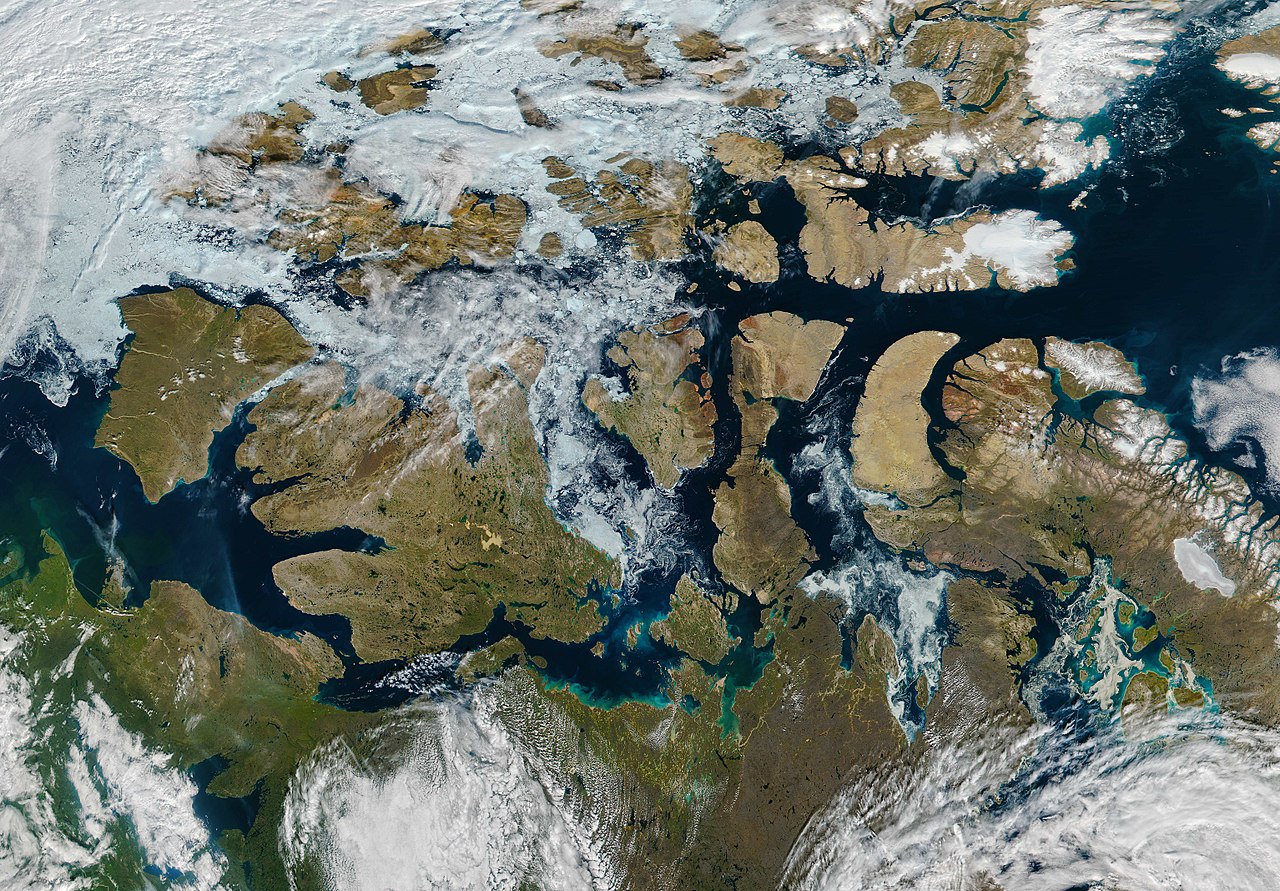 Brief article from Micheal Peck on Russia’s Arctic ambitions: Russia has plans to dominate the Arctic
Brief article from Micheal Peck on Russia’s Arctic ambitions: Russia has plans to dominate the Arctic
In case you missed it, the Arctic has been warming up for the last few decades. As Peck points out: “Once a lure for hardy explorers–and a hiding places for ballistic missile submarines–the North Pole is now seen as a new frontier with abundant energy and mineral resources. With polar ice melting, new shipping lanes are opening up that offer the prospect of more direct routes for cargo vessels sailing between North America, Europe and Asia.”
Anyhow, while the U.S. Navy has only one heavy ice breaker, fellow NATO member Canada is working the problem. They are building a facility at Baffin Island and are developing arctic capable patrol vessels, frigates, etc. There are also planning on building 6-8 Harry DeWolf class artic patrol vessel:
https://en.wikipedia.org/wiki/Harry_DeWolf-class_offshore_patrol_vessel
based upon: https://en.wikipedia.org/wiki/NoCGV_Svalbard
There are also the efforts of NATO members Norway and Denmark, so it is not like the United States and Russia are the only participants here.
Still the Northwest Passage has only been opened seasonally since 2000, with a cruise liner going through it in 2006. It is now being transited with increasing regularity. Of course, there is also the Northeast Passage and Russia has the Northern Sea Passage, which they are developing. Still, these passages are seeing limited use right now. In 2016, 18 ships (7 Russian) traversed the Northern Sea Passage.
A few related links:
Canada at War. The Arctic. Northwest Passage, 1944
Amazing Voyage Through Perilous Arctic Ocean (2000)
Warming ‘opens Northwest Passage’ (2007)
Plain sailing on the Northwest Passage (2007)
That pricey Arctic luxury cruise was just the beginning. Up next: Arctic shipping. (2016)
The picture at the top of this post is from 2016.
